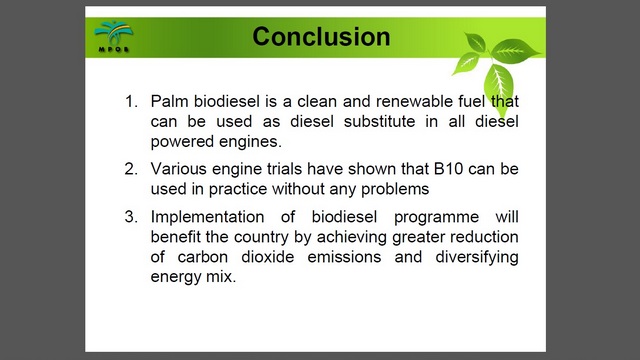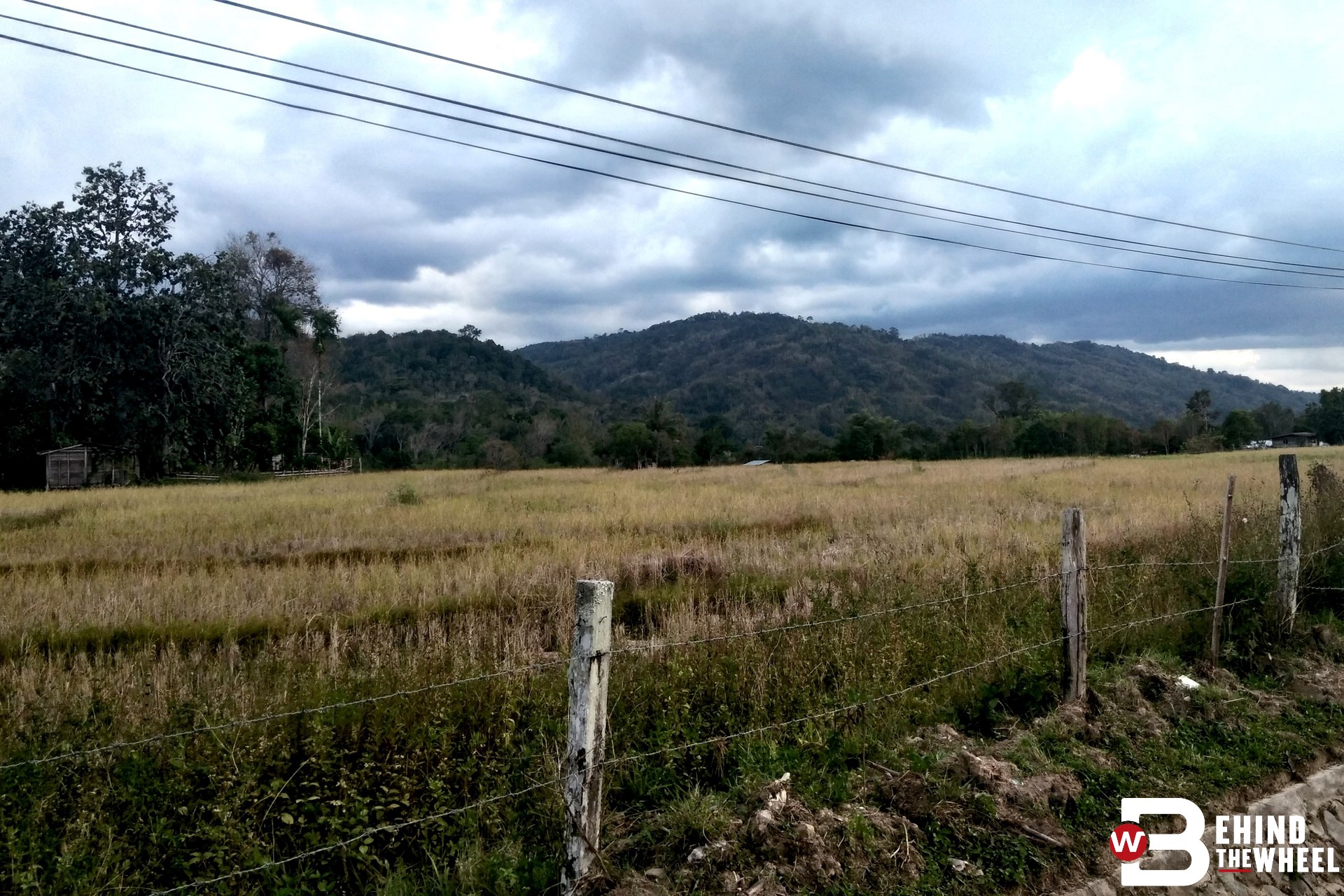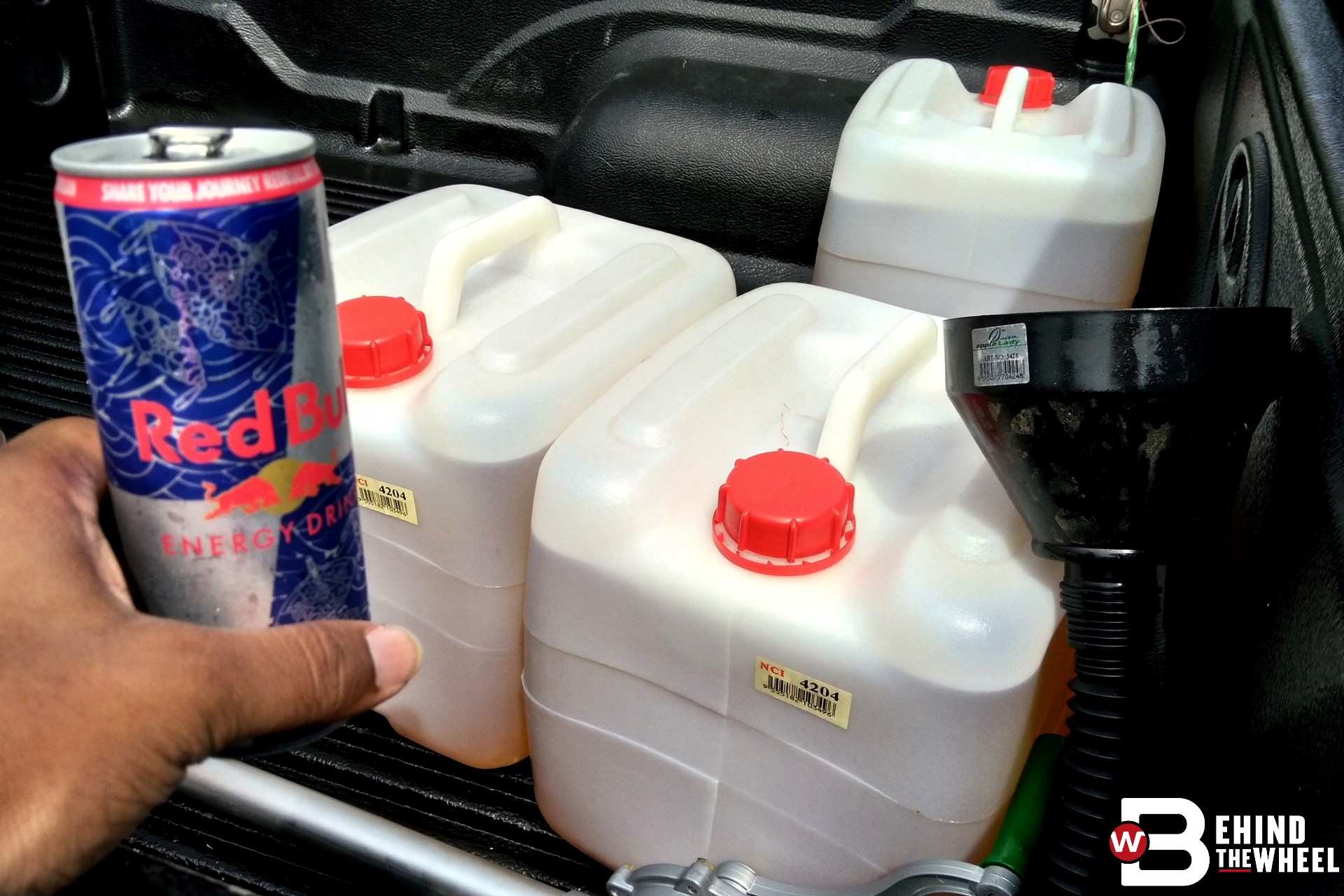(The government has placed the gradual implementation of a B20 biodiesel blend for Euro 2M diesel on ice due to the Covid-19 pandemic. This article is a look into the switch from a B7 to a B10 blend back in 2017.)
Vitamin B10 is best known as a UV-blocking sunscreen applied to the skin and is occasionally consumed orally for certain medical conditions. It’s also a chemical component of the folate molecule produced by plants and bacteria.
Safe to say, vitamin B10 is good for you.
The question on everyone’s lips however is, “How safe is B10 biodiesel for your car?”

It hasn’t been smooth sailing at all for the implementation of Euro 2M B10 biodiesel for public consumption. Deferments from the government and discomposure from several manufacturers with interest in diesel vehicles have lead to calls for further testing and discourse before fully green lighting it.
The Malaysian Palm Oil Board (MPOB) is a strong proponent of the merits of palm methyl ester and recently held a Trans Borneo expedition with a fleet of vehicles running on the proposed B10 biodiesel blend. Starting from Bintulu in Sarawak, the convoy; accompanied by a couple of prime movers running on B10 as well, covered roughly 1,100km before it hit Kundasang in Sabah. All the vehicles made it safely and the prime movers displayed no decline in performance up the steep inclines preceding Kundasang.
Chemistry was never our strong point in school; a teacher that used to shame us publically for declining chemistry scores didn’t help either. However, Dr. Harrison Lau, the principal research officer for biodiesel at MPOB, probably never experienced such embarrassment.
Hence, he obliged in answering some of the more common uncertainties regarding the switch to B10 biodiesel during the drive. He’s basically the man that will assuage all your fears about the higher palm methyl ester content in pump diesel.
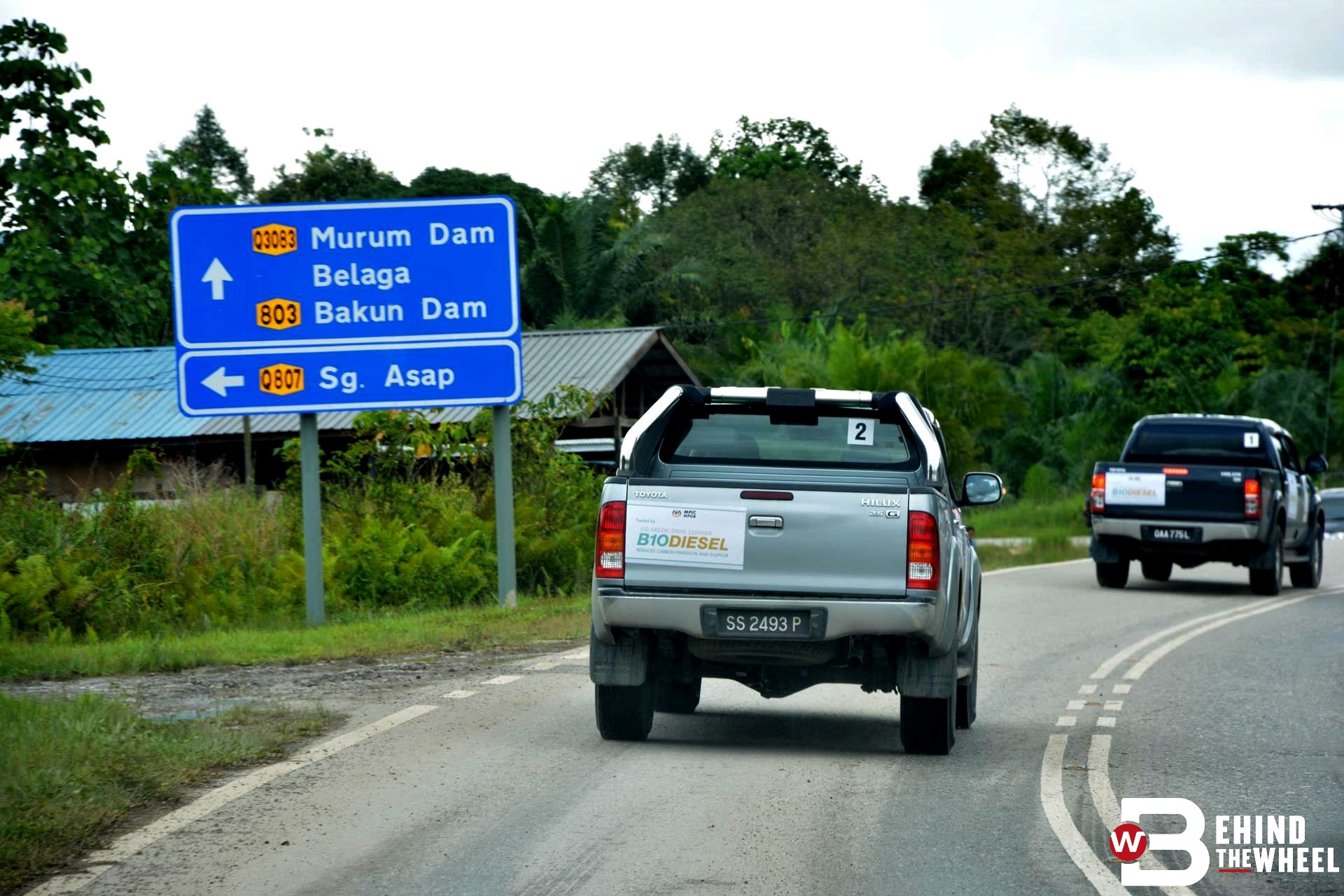
Q1. What exactly is biodiesel and palm methyl ester and how is it different from good old regular diesel? Everyone keeps tossing the terms around but what do they mean exactly?
A1: Biodiesel is a diesel substitute. It can be used in neat form or blended with petroleum diesel at any proportion for use in an internal combustion engine. It’s derived via a process called transesterification (simply put its the conversion of palm oil into biodiesel).
The National Biodiesel Board USA quotes, “With biodiesel that meets the D-6751 specification, there have been over 72 million kilometres of successful, problem-free, real-world operation with B20 blends in a wide variety of engines, climates and applications.”
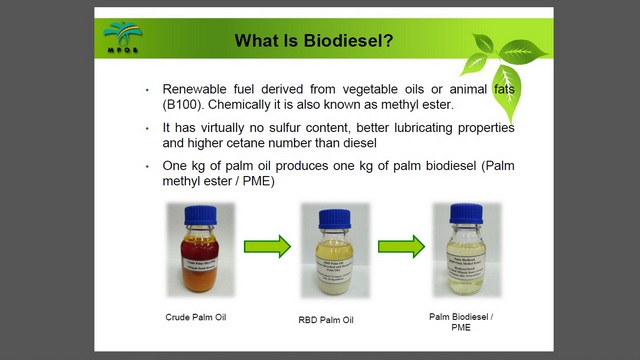

Q2. So why the sudden switch to biodiesel here?
A2: Actually, we’re already running a biodiesel blend in our cars since 2011. That’s when the central region states implemented a B5 mix; meaning five per cent biodiesel and 95 per cent petroleum diesel, at fuel stations. Since January 2015, that was increased to B7 nationwide. Now the government is looking to increase it slightly to a B10 blend for Euro 2M diesel this year.
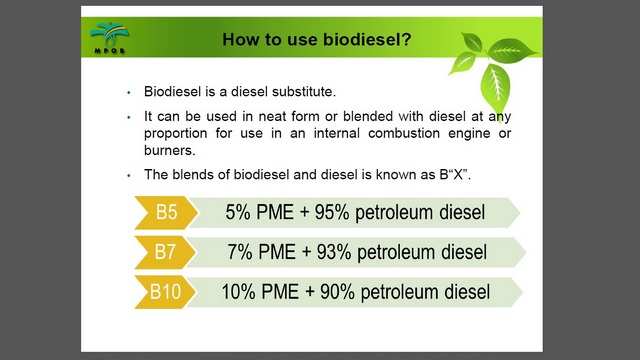
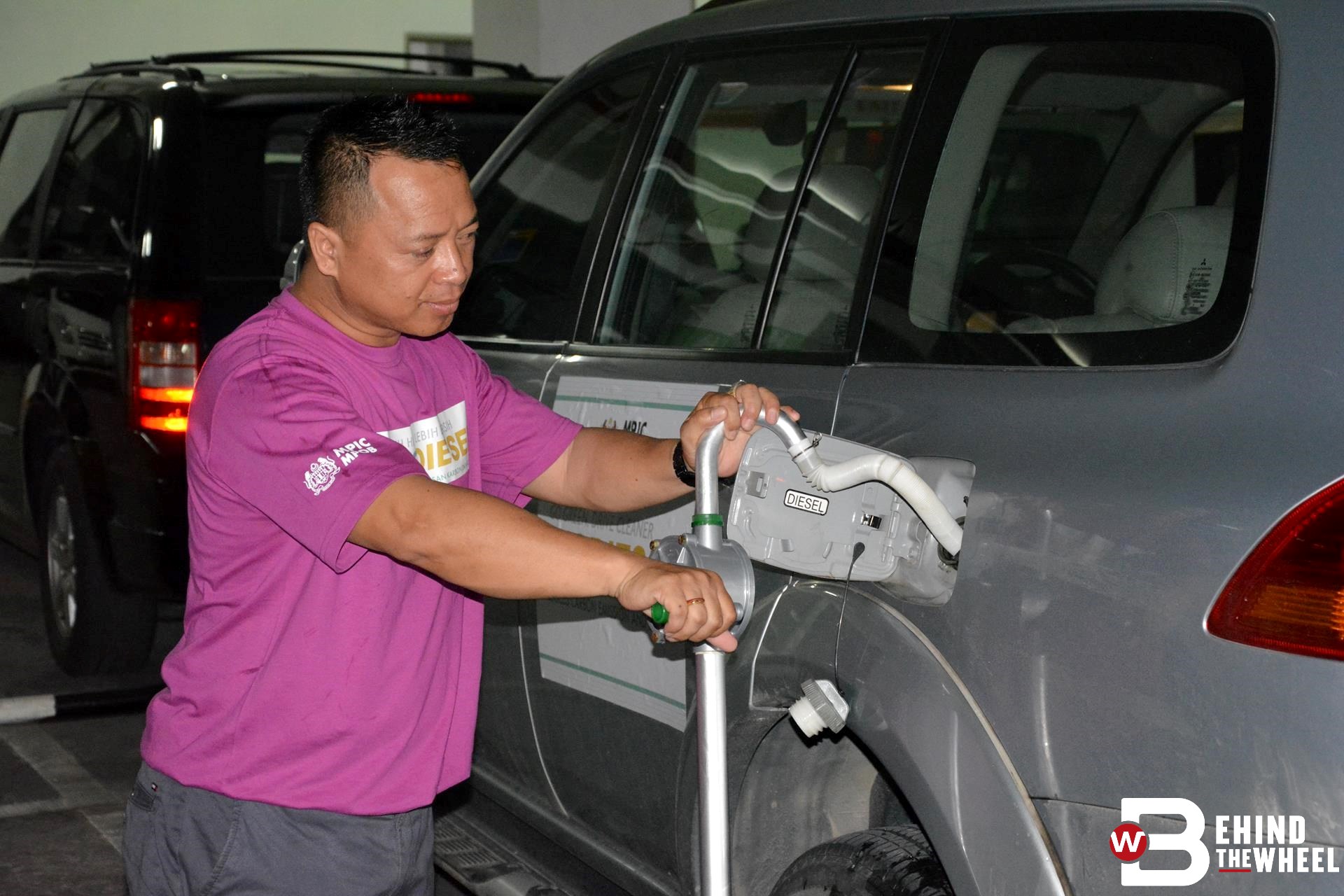
Q3. Is any other country running a biodiesel blend at their pumps?
A3: As a matter of fact, Indonesia has been running a B20 mix since 2016 with no problems reported. It even has subsidies in place to reduce the price and encourage its adoption as stations are still allowed to sell B0 pure petroleum diesel. Colombia has had B10 at its pumps since 2011 with no issues reported as well. Manufacturer warranties for the vehicles sold in those countries remained as they are.
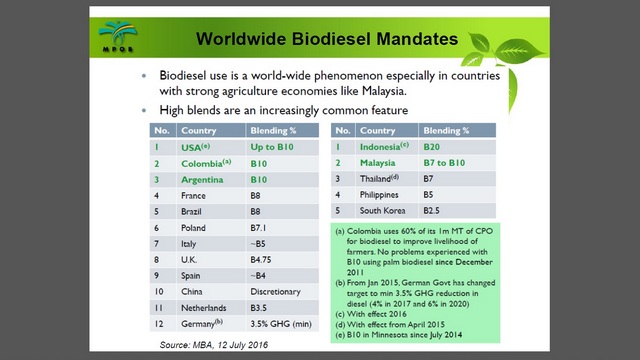

Q4. Surely there has to be benefits in making the leap towards B10 biodiesel. What are they and how would it affect consumers?
A4: There are a number of benefits, chief amongst which are addressing the environmental concerns. By increasing the percentage of palm methyl ester in pump diesel from seven per cent to 10 per cent, it would be akin to reducing emissions per passenger car per year in Malaysia by 3.3 tonnes of CO2; the equivalent of removing 100,000 diesel vehicles from the road and 350,000kg of sulphur from the air as biodiesel is sulphur-free.


Q5. Mother Nature, our children and tree-huggers would be delighted but what about the engine itself? Would a consumer of pump diesel be privy to any advantages with the new mix?
A5: Of course. For starters, biodiesel has a higher cetane number. What it means is, higher speed diesel engines; will operate more efficiently with a higher cetane number diesel. The minimum cetane number in Europe is 51 and the B10 proposed here has a cetane number of 62.4
The engine will also operate with a better burn efficiency that would translate into reduced engine wear as well as fuel consumption.
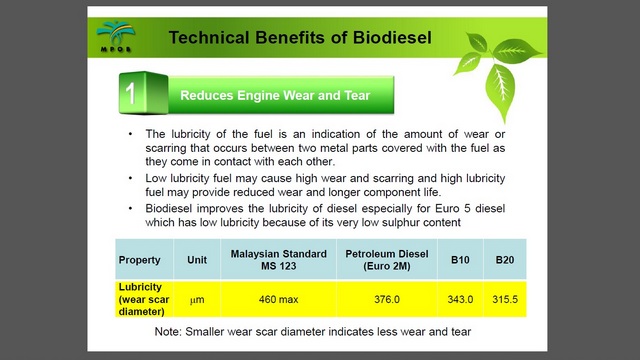

Q6. A number of manufacturers have voiced concerns regarding the increase in palm methyl ester percentage. What’s that all about?
A6: Dr. Lau reassures consumers that the B10 blend will not harm diesel engines here. The MPOB has conducted its own extensive internal testing and has engaged with many automotive organisations such as the Japan Automobile Manufacturers Association (JAMA).
JAMA’s own internal assessments confirms the acceptability of biodiesel with concentrations not exceeding 20 per cent (B20) with certain caveats such as warm or hot climates, engines with emissions ratings of Euro 4 and below and the most important one, palm oil based methyl ester.
Furthermore, JAMA also affirms that engines running up to B20 biodiesel will not require modifications. However, a higher concentration; such as B30 and above, will necessitate certain components to be replaced, with fuel hoses topping that list.
In fact, the MPOB has been running B10 biodiesel on a number of vehicles in its fleet that comprise pick-up trucks and passenger vehicles as well as heavy-duty machinery such as tractors and prime movers.
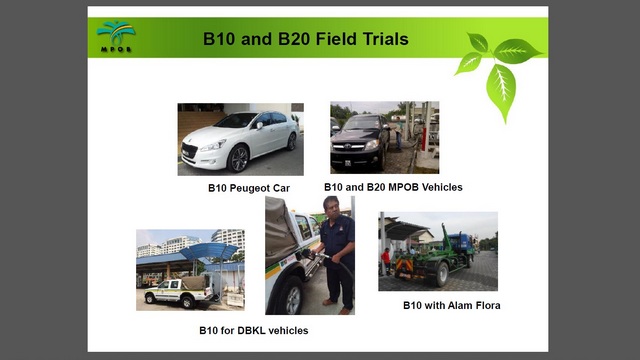

Q7. Why the delay then?
A7: Dr. Lau states that the hold ups are due primarily to high crude palm oil prices and not technical difficulties with engines. The cost of processing crude palm oil into biodiesel is higher than distilling crude oil into petroleum diesel oil refineries. Therefore, expect an increase of between 3-4 sen per litre once B10 hits the pumps.
The Ministry of Plantation Industries and Commodities (MPIC) is waiting for the price of crude palm oil to drop to reduce the burden on consumers.
Lau added that the MPOB will still continue discussions with manufacturers that are unsure on biodiesel to try and assuage their fears before implementing it. Given that the majority of diesel vehicles here are from Japanese manufacturers, the acknowledgement by JAMA is a promising step forward.
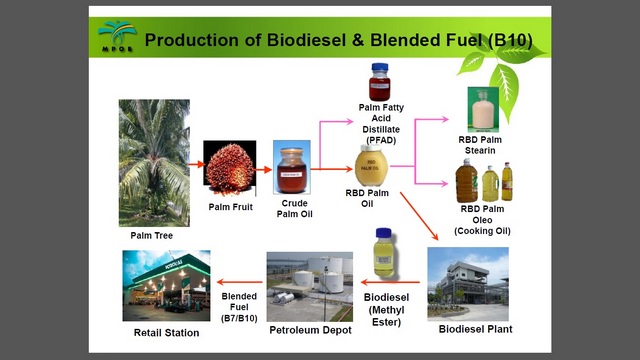

Q8. So, the price will go up?
A8: Marginally, yes. But it can be argued that the trade off is all the environmental benefits biodiesel brings. Additionally, the government has announced that fuel prices will be set at a ceiling beginning April with weekly revisions and fuel retailers will be free to follow the ceiling price or set them lower to be more competitive.
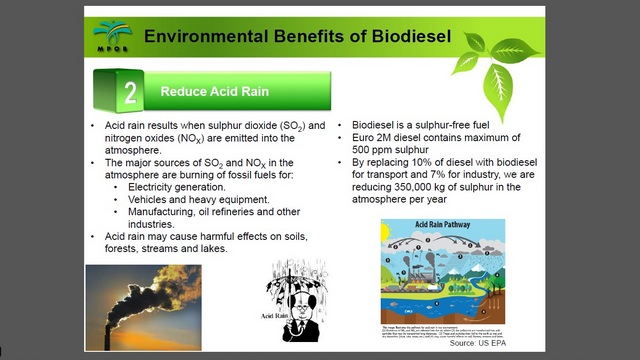

Q9. What about Euro 5 diesel then?
A9: Amidst all the brouhaha, Euro 5 will remain a B7 blend for now and still be available at select fuel stations. Only the Euro 2M diesel will contain the increased percentage of biodiesel.
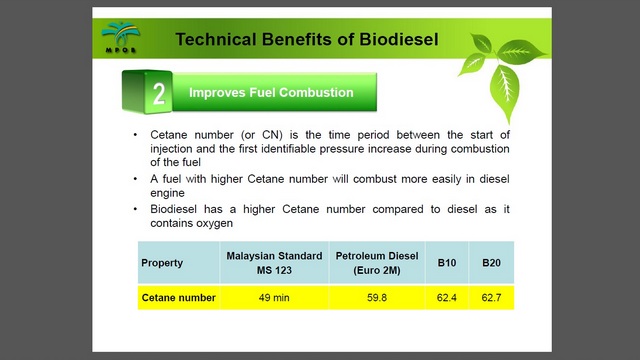

Q10. Alright, last question then. Is the government increasing the percentage of biodiesel to deploy the excess reserves of crude palm oil?
A10: Once again, Dr. Lau clarifies that this isn’t the case. The current use of crude palm oil only for B7 only accounts for 1.8 per cent, or approximately 350,000 tonnes. So raising the composition of biodiesel by three per cent will hardly make an impact in that regard although it will be beneficial to the economy nonetheless and reduce our diesel imports. Yes, we still import diesel.
